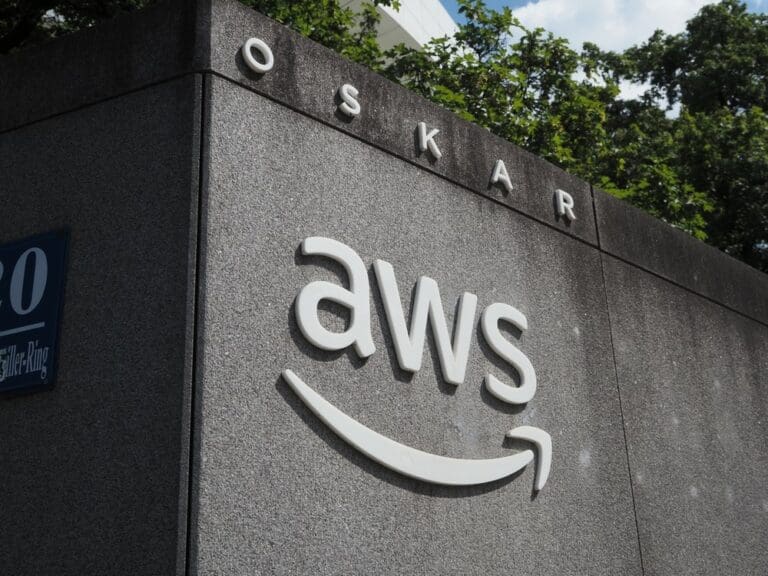Although AWS is doing better than other Amazon units, its results are disappointing. The company overall handed out more stock compensation to shareholders than expected, but cloud growth isn’t what it once was.
While Microsoft already disappointed shareholders with Azure revenue growth last quarter of only 15 percent over the previous year, AWS’ rate was a little better at 19 percent. Amazon’s overall earnings hit $147.98 billion, but what it brought in was lower than the $148.56 billion analysts had expected.
No quick recovery
We have long indicated that AWS is seeing its own leadership position in the cloud weaken. CEO Adam Selipsky stepped down, with Matt Garman replacing him in June. The company will hope that the new reign can stem the ongoing catch-up of Azure and Google Cloud. Things are looking better compared to Azure this quarter, although GCP’s growth exceeded expectations earlier.
That probably won’t happen in the short term. By its own estimate, Amazon is set to grow about 8 to 11 percent in the coming quarter, with quarterly revenue between $154 billion and $158.5 billion. The midpoint of that forecast, always a benchmark for stock market analysts, is below the latter group’s estimate. Indeed, analysts counted on $158.24 billion in sales over the next three months.
But improvement in sight
Despite the dismal quarterly figures, Amazon CEO Andy Jassy is hopeful. According to him, organizations have now finished their cost-cutting and are preparing to modernize again. That will still include the move from on-prem to the cloud for many, music to the ears of hypersclaers. Jassy thinks AWS will benefit the most from that, with continuously improving results ahead.
Another source of revenue is Amazon’s AI chips. AI training based on Trainium2 processors is on the rise, with Inferentia also focused on running AI models on a daily basis (inferencing). We previously reported that not everyone is deploying Nvidia hardware for their AI work. Apple, for example, is opting for Google Cloud’s TPUs.
